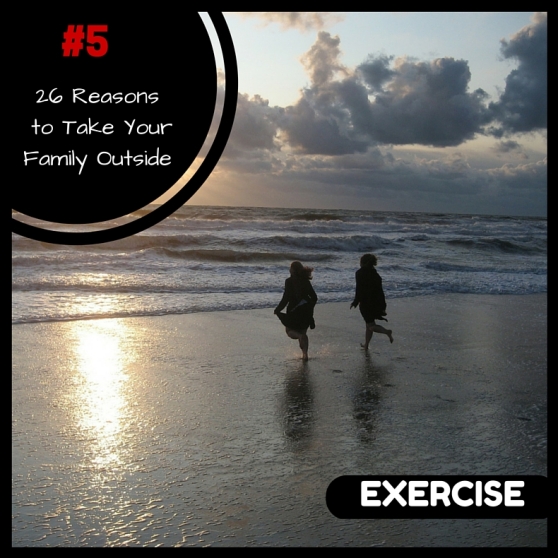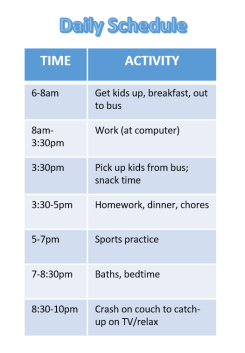
Adapted from sea-412578_1920_Dieter G @ Pixabay.com
Confession time: I hate exercising for the sake of exercising. I have never been a fan of going to the gym or jogging. I have a treadmill that collects more dust than miles. So, if you’re at all like me, don’t stop reading once you see that word EXERCISE. Stick with me for a few minutes…
While I do not like exercise in and of itself, I love getting outside. There’s something about the fresh air and change in scenery that makes me want to be active. Suddenly, I feel like grabbing the rake or trimming a tree. I’m bouncing a basketball with one of my sons while I play traffic cop as my other son rides his bike up and down the driveway. There’s no gym membership required, but just being outside means I’m burning more calories than I would be inside on a chair.
Think those outside activities don’t matter much? Take a look at the list of outdoor activities and their calorie-burning power compiled by Everyday Health’s Jen Laskey:
- Frisbee: 100 calories
- Jumping on a trampoline: 100 calories
- Dancing: 115 to 150 calories or more
- Snorkeling: 120 calories
- Horseback riding: 150 calories
- Gardening: 160 calories
- Kayaking: 150 calories
- Swimming: 180 calories
- Playing tennis: 250 calories
- Rollerblading: 250 calories
- Beach volleyball: 280 calories
- Biking around town: 250 calories or more
- Jumping rope: 360 calories
*All calorie counts are approximate and are based on a 150-pound person engaging in the activity at moderate intensity for 30 minutes.
The Beyond the Tent blog adds more useful calorie-burning outside activities:
- Rowing: 250 calories per hour
- Hiking & Backpacking: 500 calories per hour.
- Walking: 200 calories per hour.
- Playing with children: 200 calories per hour.
Those outside activities add up quickly. According to the blog at Eureka Tents, there’s an added bonus to exercising outside:
…People who walked outside walked faster, perceived less exertion, and had more positive feelings than people who walked on a treadmill.
Want an interesting activity that will keep your family engaged while exercising? Try Geocaching! Annette, a mom, reported on the Geocaching Junkie blog that “Every time we mention geocaching, as opposed to just going for a walk, [the kids] are out of the door like a shot! Now they do enjoy the outdoors, but geocaching adds an extra motivation to get out there.”
By the way, if you think you need to spend hours outside to see results, findings show that just 30 minutes of light exercise could improve your health:
Challenge yourself and your family to spend just a half hour of your day outside. My guess is that you’ll all be happier and healthier for it!
Read more of my Blogging From A-Z Challenge posts: 26 Reasons to Take Your Family Outside.











 Last year, I made a big mistake.
Last year, I made a big mistake.








